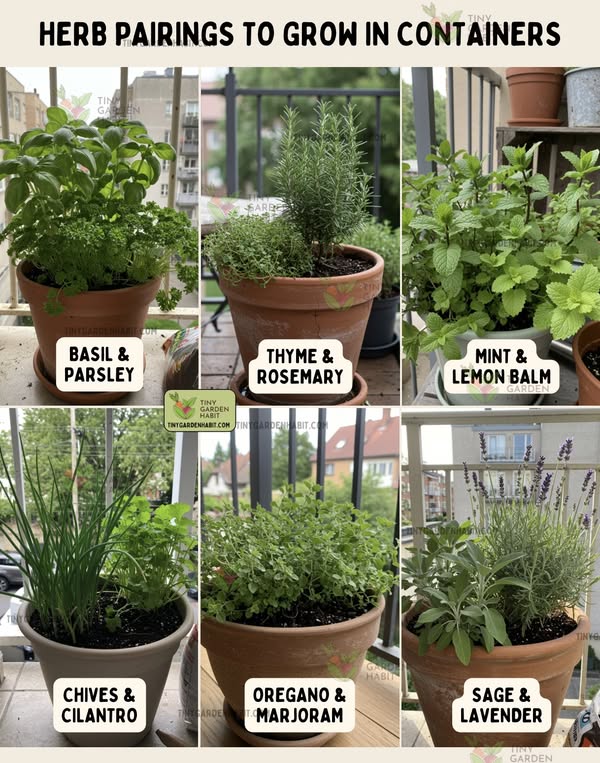ADVERTISEMENT
5. Fennel and Most Other Herbs: A One-Herb Show 🌿
Fennel is one of those herbs best grown alone. While it is a highly aromatic and useful herb in cooking, fennel has a tendency to release allelopathic chemicals that can prevent other herbs from thriving in the same soil. This makes fennel a particularly poor companion for other herbs, especially basil, coriander, and dill.
Why They Don’t Get Along:
- Allelopathic properties: Fennel inhibits the growth of many nearby plants by releasing chemicals that affect their root systems and overall development.
- Space issues: Fennel can grow tall and overshadow smaller herbs, leading to poor light exposure and stunted growth.
Better Pairing:
Fennel is best planted on its own or paired with cucumbers or kale, which can handle fennel’s growing habits without being affected.
6. Thyme and Mint: Conflicting Needs 🌿
Thyme and mint are both popular herbs, but they have very different needs when it comes to soil and water. Mint needs a lot of water and tends to spread aggressively, while thyme prefers a drier, well-drained environment.
Why They Don’t Get Along:
- Mint can outgrow thyme, crowding it out and depriving it of the resources it needs.
- The wet conditions needed for mint will harm thyme, leading to root rot and stunted growth.
Better Pairing:
Thyme is best paired with oregano, sage, or rosemary, which share its preference for dry, well-drained soil.
7. Lavender and Tomatoes: A Poor Match 🌱🍅
Lavender and tomatoes might seem like they could grow well together, but they have opposing growing preferences. Tomatoes need lots of water and fertilizer, while lavender thrives in dry, well-drained soil.
Why They Don’t Get Along:
- Watering conflict: The high water needs of tomatoes can rot the roots of lavender, while the dry conditions lavender requires will stunt tomato growth.
- Lavender’s strong fragrance can also overpower tomatoes, affecting their flavor.
Better Pairing:
Lavender works well with herbs like rosemary, thyme, and sage, which share its dry, sunny growing conditions. Tomatoes should be paired with herbs like basil and oregano, which appreciate the same level of moisture.
Conclusion: Plan Your Herb Garden Wisely! 🌿
While gardening is a wonderful way to enjoy fresh, healthy herbs, it’s important to be mindful of which plants you grow together. Certain herbs have competing needs or produce chemicals that can inhibit the growth of others. By avoiding these harmful herb pairings, you can create a healthier, more productive garden.
Consider the needs of each herb in your garden and make informed decisions based on water, sunlight, and soil preferences. With careful planning and the right herb combinations, you can create an herb garden that thrives and provides you with all the fresh flavors you need for your cooking and health.
ADVERTISEMENT
